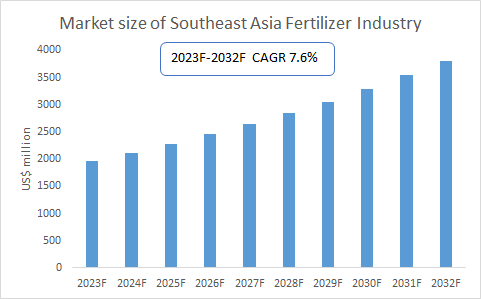Thailand Garment Manufacturing Industry
Thailand’s garment manufacturing industry is one of the largest and most important in the world, employing over 1 million people and contributing significantly to the country’s GDP and export earnings.
The industry is characterized by its strong competitive advantages, including low labor costs, free trade agreements, well-developed infrastructure, and a reputation for quality. Thai garment manufacturers produce a wide range of products, including apparel, home textiles, and technical textiles, which are exported to major markets around the world.
In recent years, the Thai garment manufacturing industry has faced some challenges, including rising labor costs, increasing competition from other countries, and the global economic slowdown. However, the industry remains strong and is well-positioned for continued growth in the future.
Key trends shaping the future of Thailand’s garment manufacturing industry
- Sustainability: Thai garment manufacturers are increasingly focusing on sustainability. This includes using sustainable materials and processes, and reducing waste and emissions. For example, some Thai garment manufacturers are using recycled polyester and organic cotton in their products. Others are working to reduce water and energy consumption in their factories.
- Technology: Technology is also playing a growing role in the Thai garment manufacturing industry. This includes using automation and robotics to improve efficiency and productivity. For example, some Thai garment manufacturers are using robotic arms to perform tasks such as cutting and sewing fabric. Others are using automated systems to track inventory and manage production.
- E-commerce: The growth of e-commerce is creating new opportunities for Thai garment manufacturers. E-commerce platforms allow manufacturers to reach a wider range of customers and sell their products directly to consumers. This is helping to reduce the industry’s reliance on traditional wholesale and retail channels.
Outlook for the Thai garment manufacturing industry
According to the CRI report “Thailand Garment Manufacturing Industry Research Report 2023-2032“, the Thai garment manufacturing industry is expected to reach US$11.8 billion by 2032, with a Compound Annual Growth Rate (CAGR) of 5.6% from 2023 to 2032.
The report also states that the Thai garment manufacturing industry is expected to benefit from the following factors:
- Growing global demand for apparel and textiles: The global apparel and textile market is expected to grow from US$1.3 trillion in 2022 to US$2.2 trillion by 2028. This growth is being driven by factors such as rising disposable incomes, increasing urbanization, and changing fashion trends.
- Shifting global supply chains: The global garment and textile supply chain is shifting away from China to other countries, such as Vietnam, Bangladesh, and Thailand. This is due to a number of factors, including rising labor costs in China and the ongoing trade war between the United States and China.
- Thai government support: The Thai government is supportive of the garment manufacturing industry and has implemented a number of policies to promote its growth. These policies include tax breaks, investment incentives, and training programs for workers.
However, the CRI report also identifies a number of challenges facing the Thai garment manufacturing industry:
- Rising labor costs: Labor costs in Thailand have been rising in recent years, which could make Thai garment manufacturers less competitive compared to other countries with lower labor costs.
- Intensifying competition: The Thai garment manufacturing industry faces intense competition from other countries, such as Vietnam and Bangladesh. These countries are also benefiting from the shifting global supply chain and government support.
- Sustainability concerns: The garment manufacturing industry is often criticized for its environmental impact and poor labor conditions. Thai garment manufacturers need to address these concerns in order to maintain a good reputation and attract customers.
Overall, the CRI report is positive on the future of the Thai garment manufacturing industry. The industry is expected to benefit from the growing global demand for apparel and textiles, the shifting global supply chain, and Thai government support. However, the industry also faces some challenges, such as rising labor costs, intensifying competition, and sustainability concerns. Thai garment manufacturers need to address these challenges in order to remain competitive and grow in the future.
Overall, the Thai garment manufacturing industry is a global leader in the production of high-quality, affordable apparel and textiles. The industry is well-positioned for continued growth in the coming years.
Topics on Garment:







Leave a Reply